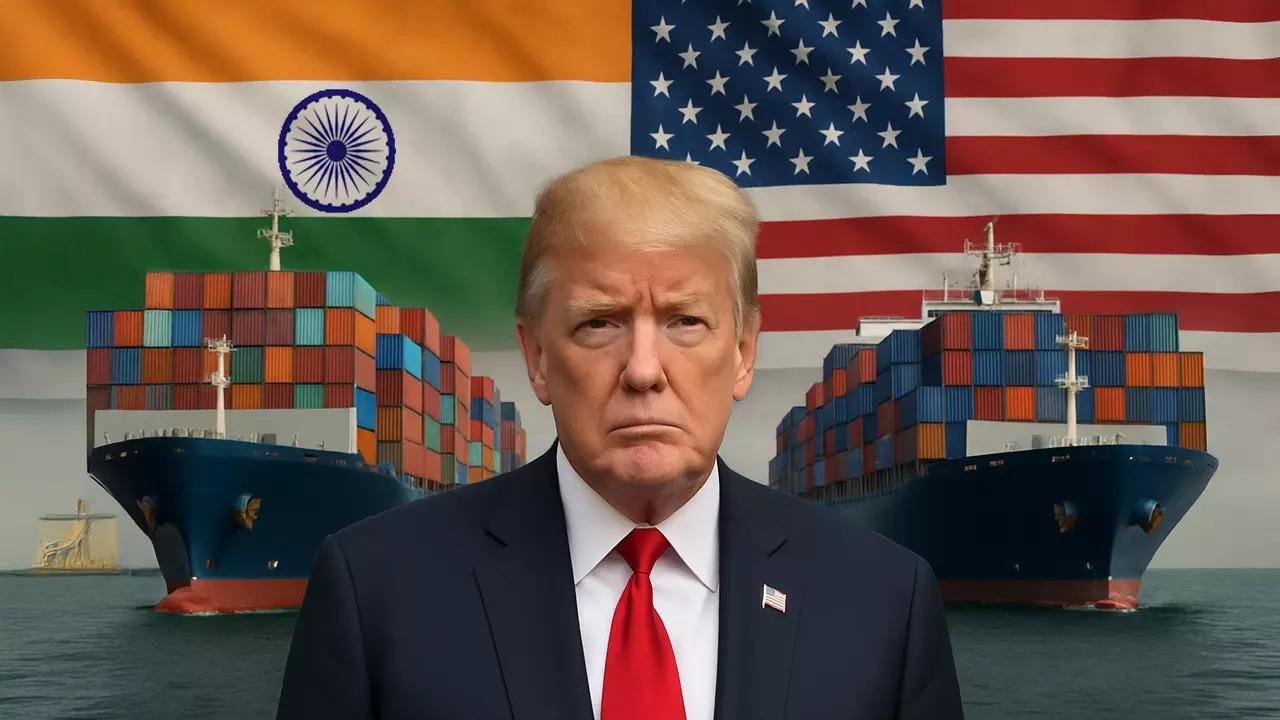Tiruppur’s garment industry faces challenges as the United States imposes new tariffs. Several manufacturers suspend production, and others consider their options. American buyers pause existing orders, leading to uncertainty. The tariff hike follows India’s continued purchase of Russian oil. Exporters plan to explore alternative markets like the UK. Other sectors, including chemicals and leather, are also likely to be affected.
Threads Unraveling: How Trump’s Tariffs Still Snag Tamil Nadu’s Textile Dreams
The global textile trade is a complex tapestry, woven with intricate supply chains and sensitive to the slightest economic tremor. For Tamil Nadu, a powerhouse of India’s textile industry, that tremor arrived in the form of tariffs imposed during the Trump administration, and the aftershocks are still being felt. While the political landscape has shifted, the repercussions continue to cast a shadow over the state’s US-bound textile exports, placing a substantial chunk of trade in jeopardy.
The Lingering Sting of Trump’s Tariffs
Remember the trade wars? While headlines might have moved on, their impact hasn’t vanished, especially for specific sectors like Tamil Nadu’s textile manufacturing. The tariffs, initially designed to protect American industries, inadvertently disrupted established trade routes and introduced an element of uncertainty that continues to plague exporters. The fear is simple: increased costs for American consumers translate to decreased demand for Indian textiles. While some might see them as a blunt instrument for protecting domestic markets, the reality on the ground is far more nuanced.
Before the tariff storm, Tamil Nadu enjoyed a thriving export relationship with the United States, a key market for its cotton yarn, fabrics, and finished garments. The tariffs threw a wrench into the works, making Indian textiles less competitive compared to those from countries with more favorable trade agreements. Margins thinned, orders shrunk, and the overall export landscape became significantly more challenging. Businesses, particularly smaller and medium-sized enterprises (SMEs), bore the brunt of the impact, struggling to absorb the additional costs and maintain their competitiveness. The impact is real, and it threatens to slow down the state’s economic growth.
The Ripple Effect: More Than Just Numbers
The potential loss of ₹6,000 crore in trade isn’t just a number; it represents livelihoods. Tamil Nadu’s textile industry provides employment for millions, from cotton farmers to garment workers. A slowdown in exports inevitably leads to job losses, reduced wages, and financial strain on families. The social cost of these trade disruptions is often overlooked in broader economic analyses.
Beyond immediate job losses, the tariffs also create uncertainty about future investments. Businesses are hesitant to expand production or upgrade facilities when the long-term outlook remains clouded by trade tensions. This hesitation can stifle innovation and hinder the industry’s ability to adapt to changing market demands. Furthermore, it could make it hard for the textile industry to become more eco-friendly. Check out our blog post on [sustainable textile practices](internal-link-to-related-article) for more details.
Navigating the New Reality: Finding a Path Forward
So, what can be done? The situation isn’t entirely bleak. Tamil Nadu’s textile industry is known for its resilience and adaptability. Diversification of export markets is one crucial strategy. While the US remains an important market, exploring new opportunities in Europe, Asia, and Africa can help reduce dependence on a single region. This diversification will help distribute risk.
Investing in technology and innovation is also essential. By improving efficiency, reducing costs, and developing new products, Tamil Nadu’s textile manufacturers can enhance their competitiveness in the global market. Focus on value-added products, such as technical textiles and sustainable garments, can command higher prices and attract discerning buyers. Further focus on sustainability and environmentally friendly processes is a must.
Textile Exports in a Changing World
The story of Tamil Nadu’s textile exports serves as a reminder that global trade is a delicate balance. Policies enacted thousands of miles away can have profound consequences for local economies. While the challenges are significant, they also present an opportunity for the industry to reinvent itself, become more resilient, and build a more sustainable future. By embracing innovation, diversifying markets, and advocating for fair trade practices, Tamil Nadu’s textile industry can weather the storm and continue to be a major player on the global stage. Its future depends on it. The road ahead is complex, but with strategic planning and a focus on innovation, the industry can overcome these challenges and weave a brighter future.








